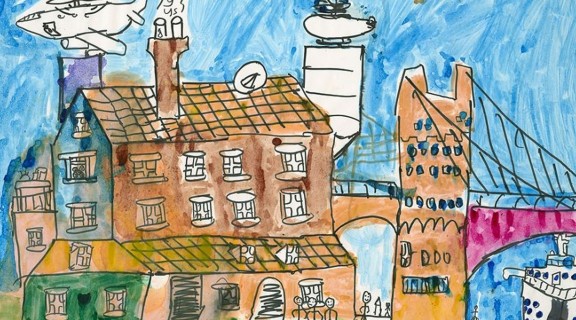
- Home
- Children's Voices
/
Children's Voices
Children’s Voices was an exhibition of drawings, paintings and linocuts made by children of the Brisbane region in 1997 for the First Australasian Conference on the Rights of the Child, held in Brisbane at the Queensland University of Technology. The exhibition was hosted by State Library of Queensland and supported by the Commission for Children and Young People and Child Guardian. The children’s work toured Australia for three years and is now part of the SLQ collection in the Dr Barbara Piscitelli AM Children’s Art Archive. Thank you to the children, staff and parents who participated in this project long ago.
Your messages are still strong and meaningful.
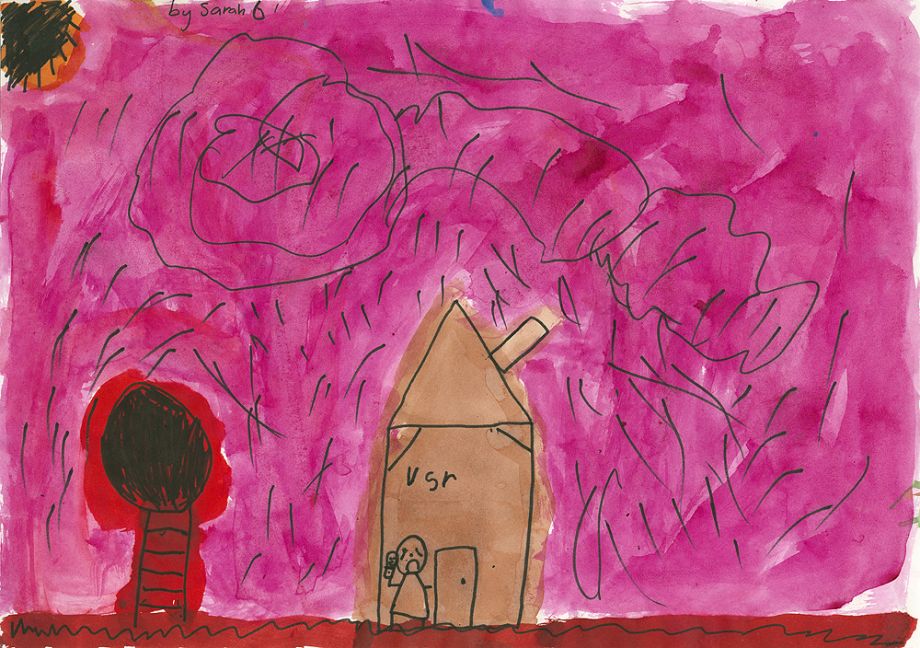
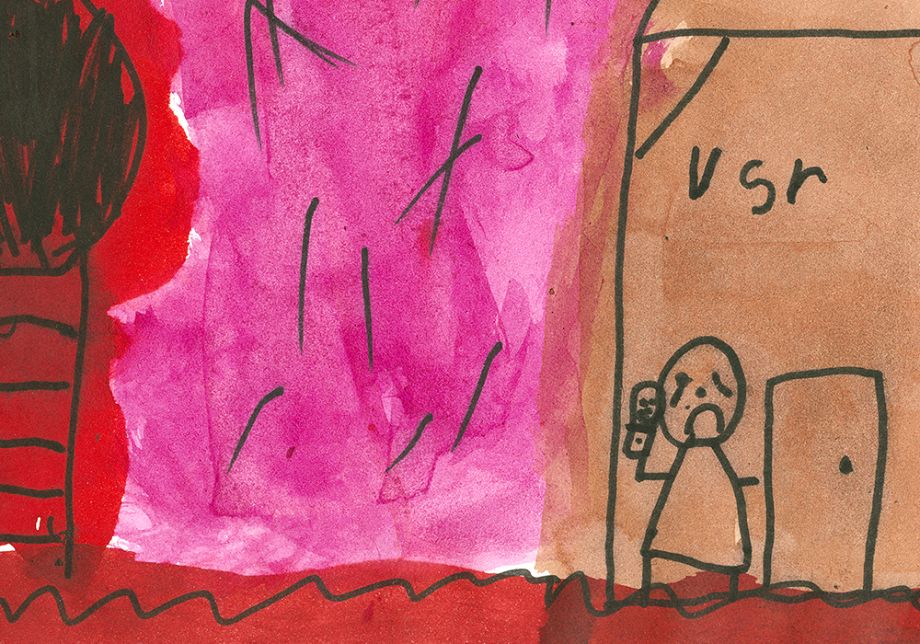
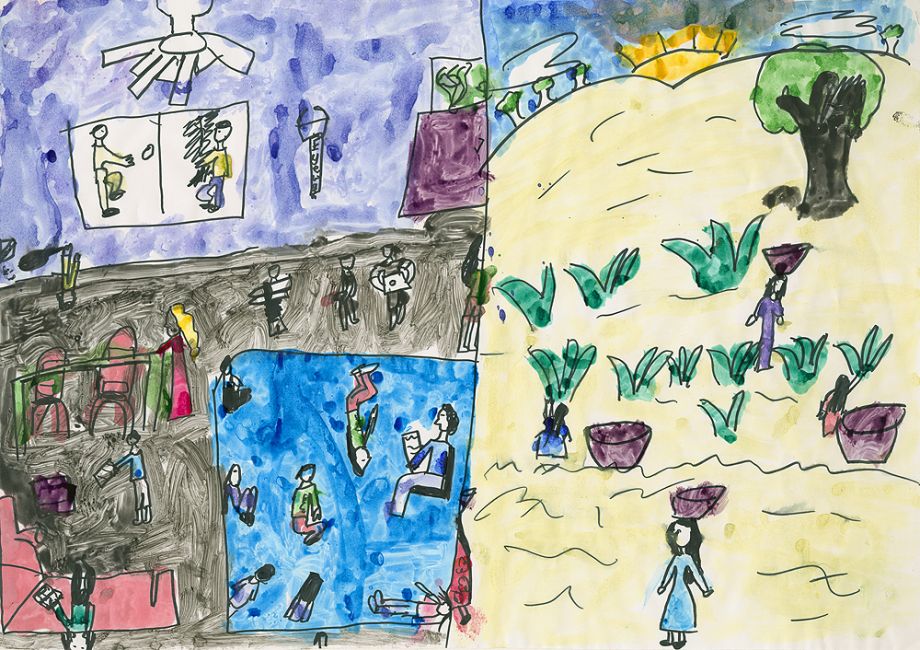
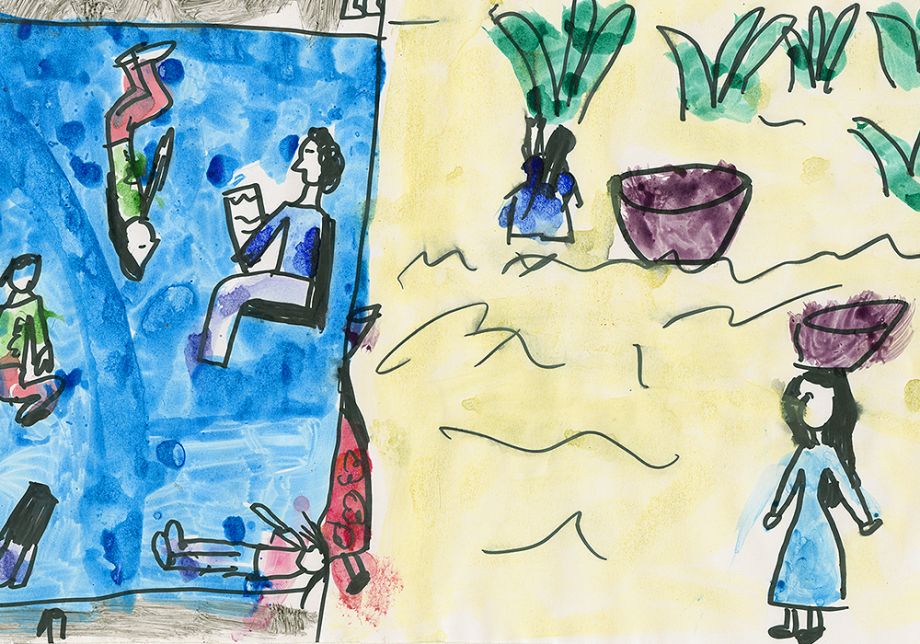
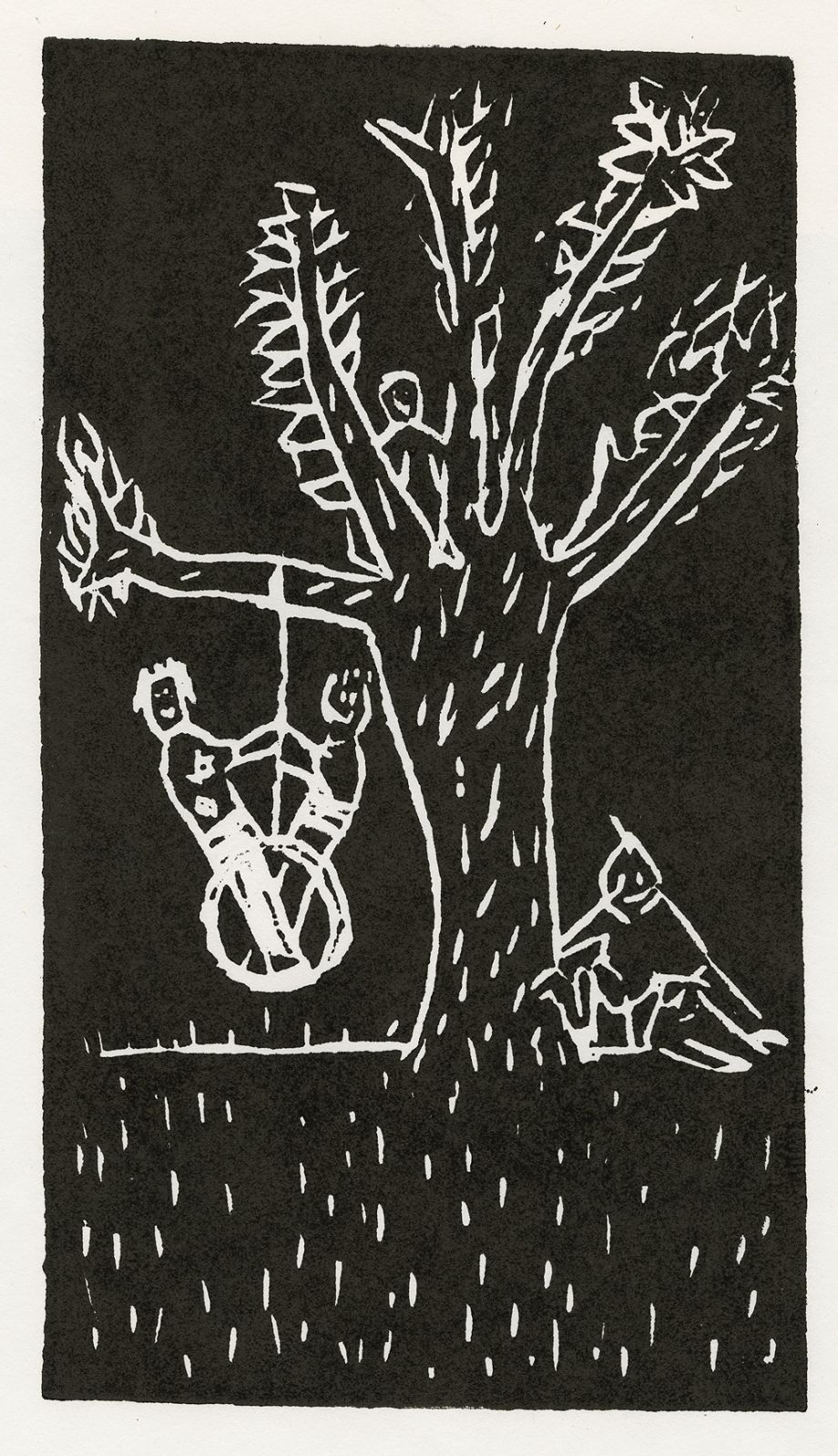
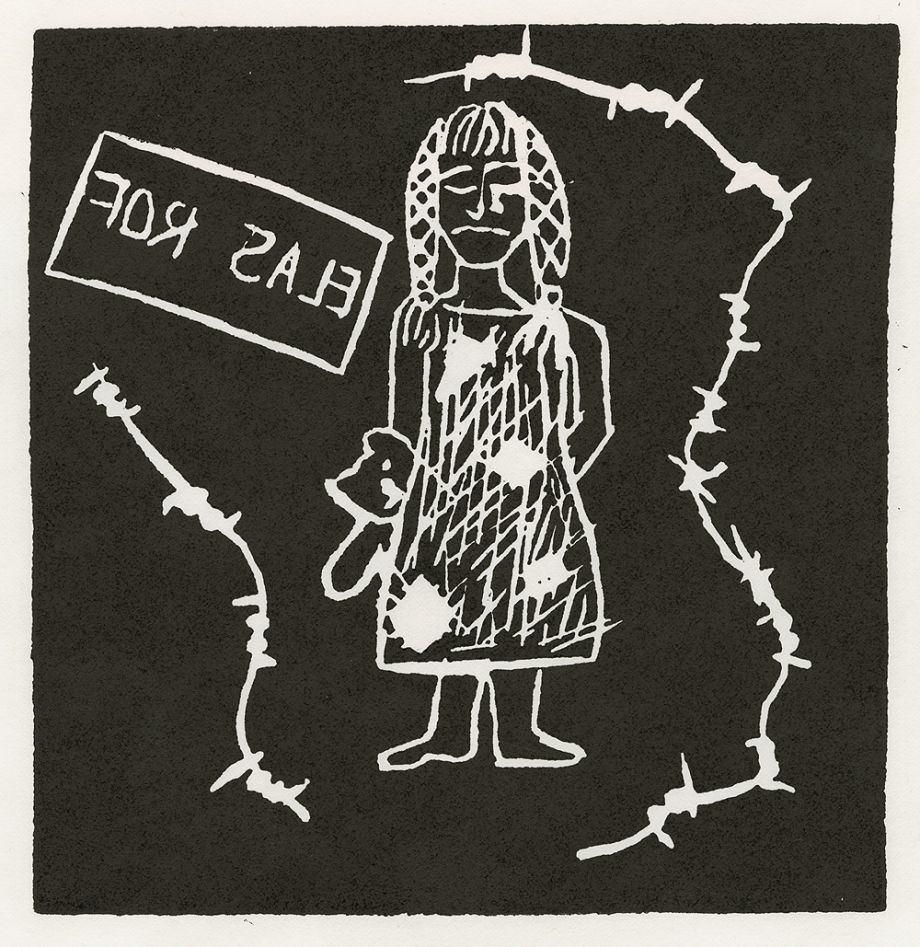
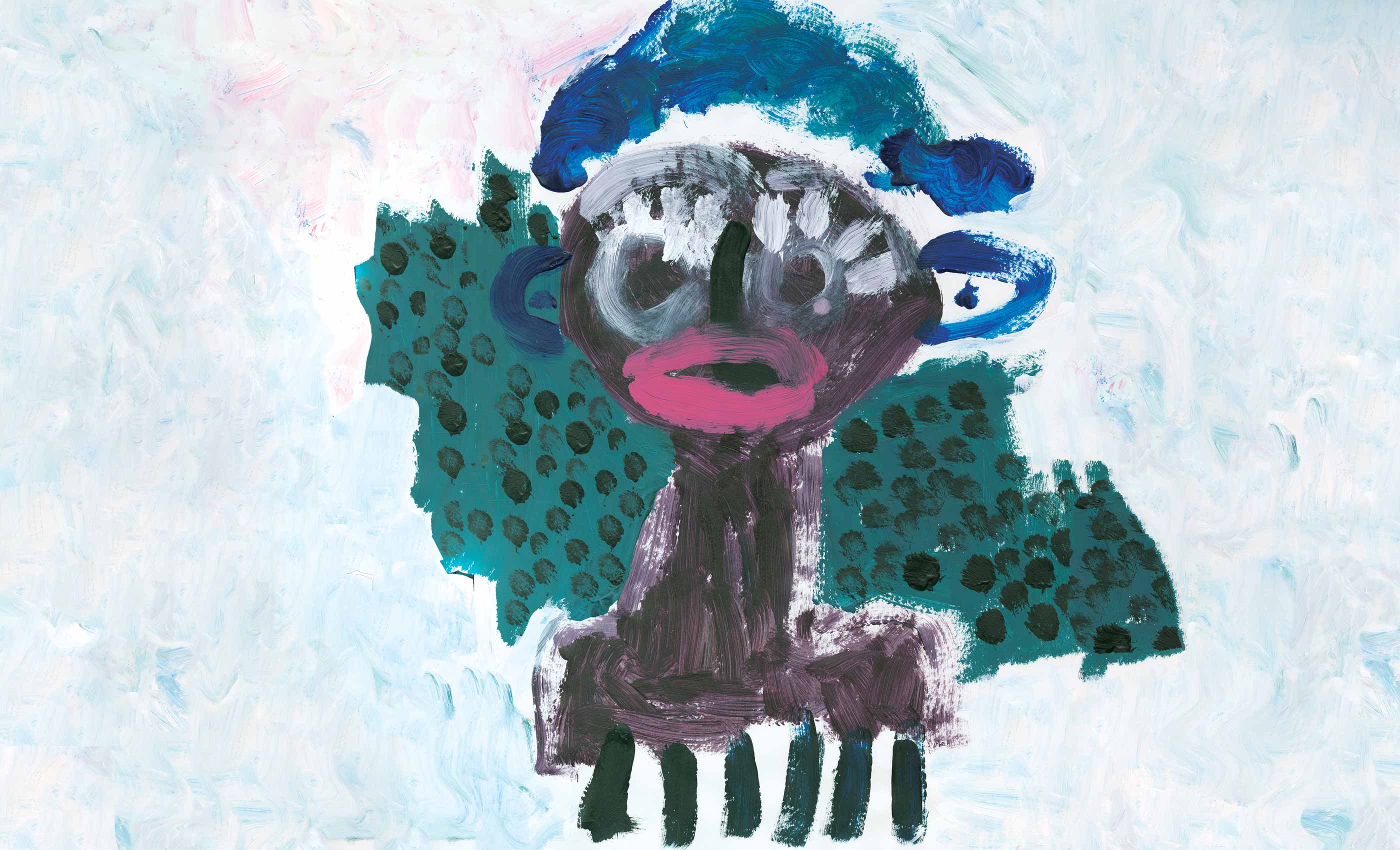
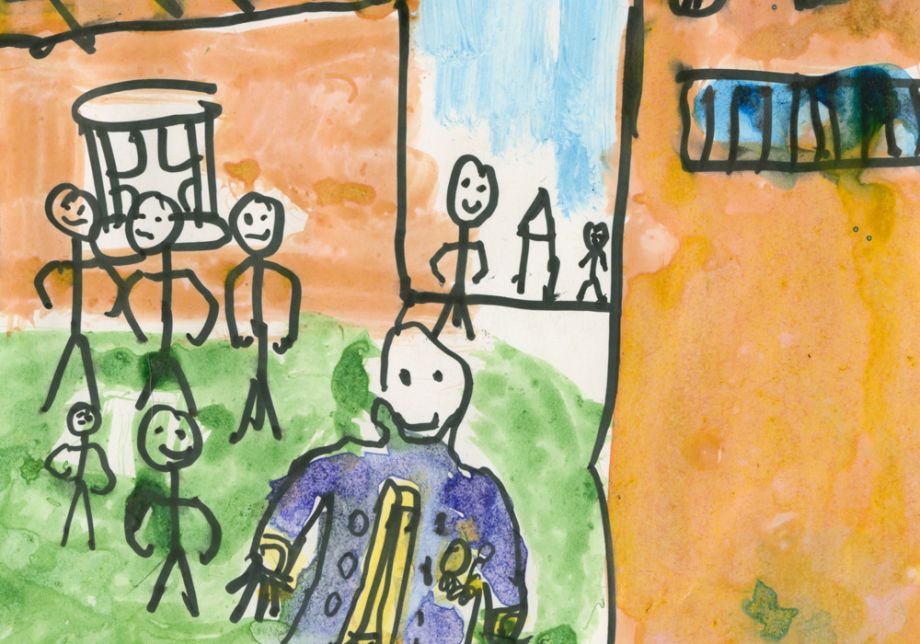
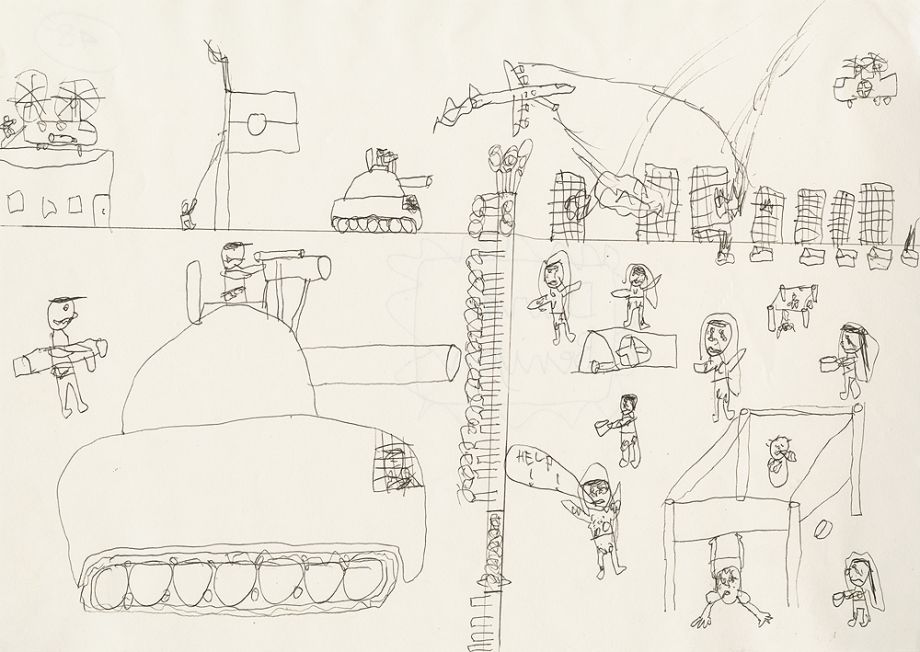
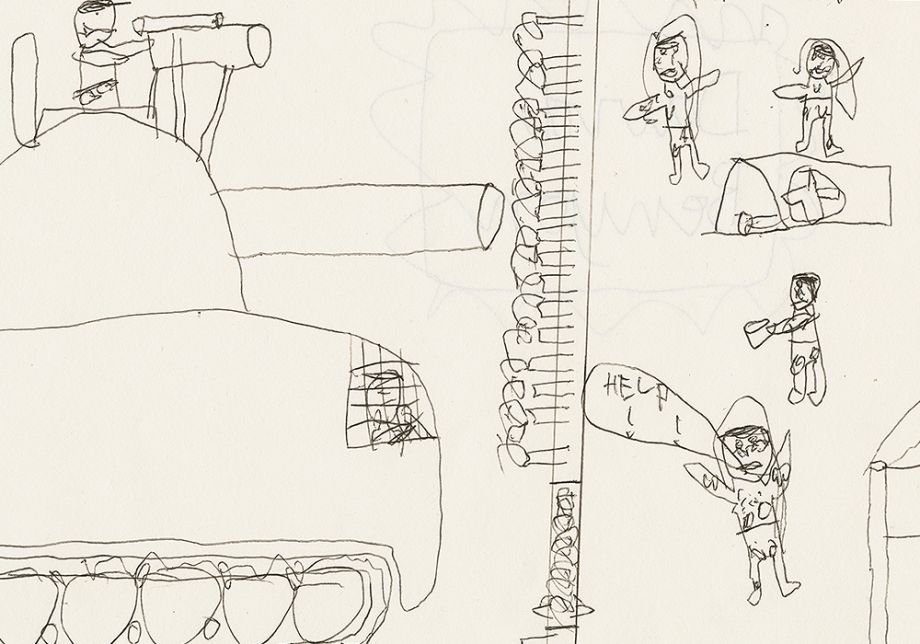
The Dr Barbara Piscitelli AM Children's Art Archive
The Dr Barbara Piscitelli AM Children's Art Archive consists of approximately 4000 works by children from Queensland, Vietnam and China and between the ages of 12 months to 12 years. The majority of drawings and paintings are from Queensland children and depict their social worlds, their human rights and their futures. The collection forms a parallel collection to the Frances Derham Collection of Child Art at the National Gallery of Australia. Derham's collection was built over a period of 50 years (1935-1985) and represents a significant collection of child art of the 20th century.
Project background
The images in the Children Have Rights: An exhibition of Children's Drawings and Paintings, 1995-1997 now housed in the Dr Barbara Piscitelli AM Children’s Art Archive are powerful.
Each picture illustrates a child’s view of the articles that make up the United Nations Convention on the Rights of the Child including the right to play and recreation, education, home, family and the right to protection from poverty, war, slavery, labour, neglect and abuse.
The United Nations Convention on the Rights of the Child is the most ratified piece of international law in the world. UNICEF views the Convention as a cross-cultural moral minimum for children, and as applicable in all the diverse societies of our world.
Rights carry responsibilities – for everyone. Children are expected to participate in society and to show respect for those who care for them. Adults are responsible for creating respectful relationships with children and for acting as champions in matters relating to children. Governments are responsible for acting in the best interests of children since children’s rights are a legal obligation, not simply matter of charity or compassion.
The exhibition celebrated the 2013 Children’s Week theme of the right to play, as defined in Article 31 of the United Nations Convention on the Rights of the Child:
"Article 42 of the United Nations Convention on the Rights of the Child:
State Parties undertake to make the principles and provisions of the Convention widely known, by appropriate and active means, to adults and children alike."
Australia ratified the United Nations Convention on the Rights of the Child in December 1990, and joins with other nations in recognising that children are both vulnerable and dependent on adults, and to ensure they are provided for and protected in their lives. Signing the Convention signals a commitment to act in children's best interest. As a signatory to the Convention, Australia also commits to valuing children as competent, curious and creative people with a right to participate in all aspects of life - especially to play, learn, grow and contribute to the world at large.
"State Parties (Australia) recognize the right of the child to rest and leisure, to engage in play and recreational activities appropriate to the age of the child and to participate freely in cultural life and the arts.
State Parties (Australia) shall respect and promote the right of the child to participate fully in cultural and artistic life and shall encourage the provision of appropriate and equal opportunities for cultural, artistic, recreational and leisure activity.
United Nations Convention on the Rights of the Child in December 1990"
Australia: Children explore their rights through art
Barbara Piscitelli & Felicity McArdle
The following article was published in Early Childhood Matters (vol 98), June 2001 and shares the insights of Barbara Piscitelli & Felicity McArdle and their learnings through their interactions with children and art-making.
Discover the rights of children
Read and learn more about children's rights and responsibilities.
The Convention on the Rights of the Child
The Convention on the Rights of the Child and Young Children
This book provides arguments, examples of work at all levels and analysis to contribute to the discussions that are needed to elevate the Convention of the Rights of the Child to its rightful place in early childhood programming as a key strategy in realising the aspirations of the Convention.
A Guide to General Comment 7: Implementing Children's Rights in Early Childhood
The UN Convention on The Rights of the Child applies to all children under 18 – but its implementation poses practical challenges when it comes to young children. This book is a guide to implementing rights in early childhood.
A collection of short summaries of theory, research and policy issues that can inform the implementation of article 31 of the UN Convention on the Rights of the Child.
Listen to Children: 2011 Child Rights NGO Report
This report was developed following consultations with over 750 children and young people and over 100 organisations and subject matter experts, as well as liaison with the Australian Federal Government and the Australian Human Rights Commission
Look through a wide range of resources to find materials that you can use to talk to children about their rights.
Unicef and Save the Children have a range of resources on Children's Rights: Watch Unicef TV or listen to Unicef Radio. Share Children have Rights cartoons with your children.
Talk to children about their rights, their experiences of their rights, and the rights and experiences of children all over the world. Ensure that children know their rights and recognise their responsibilities in realising these rights for others.
Encourage them to talk together
Voices of Youth: A worldwide network of youth activists and global citizens
Create a drawing or artwork about children's rights. Article 31 recognises children's right to participate in artistic and cultural life. Provide time for children to respond visually to the Convention and support children's rights to have their views heard by providing space for these works to be seen.
Exhibition of Artwork by Ukrainian Children drawing their rights
"Early childhood educators guided by the Framework will reinforce in their daily practice the principles laid out in the United Nations Convention on the Rights of the Child (the convention). The Convention states that all children have the right to an education that lays a foundation for the rest of their lives, maximises their ability, and respects their family, cultural and other identities and languages. The Convention also recognises children's right to play and be active participants in all matters affecting their lives."
Belonging, being and becoming: the early years learning framework for Australia, 2009 (PDF 907.5 KB)
Produced by the Australian Government Department of Education, Employment and Workplace Relations for the Council of Australian Governments.